Sustainable Marketing Techniques for Eco-Home Products
Chosen theme: Sustainable Marketing Techniques for Eco-Home Products. Welcome to a space where credible impact meets creative storytelling. Together we will grow brands that help homes breathe cleaner, waste less, and feel better—without the greenwash. Subscribe, comment, and share your experiments so we can learn and scale sustainable wins as a community.

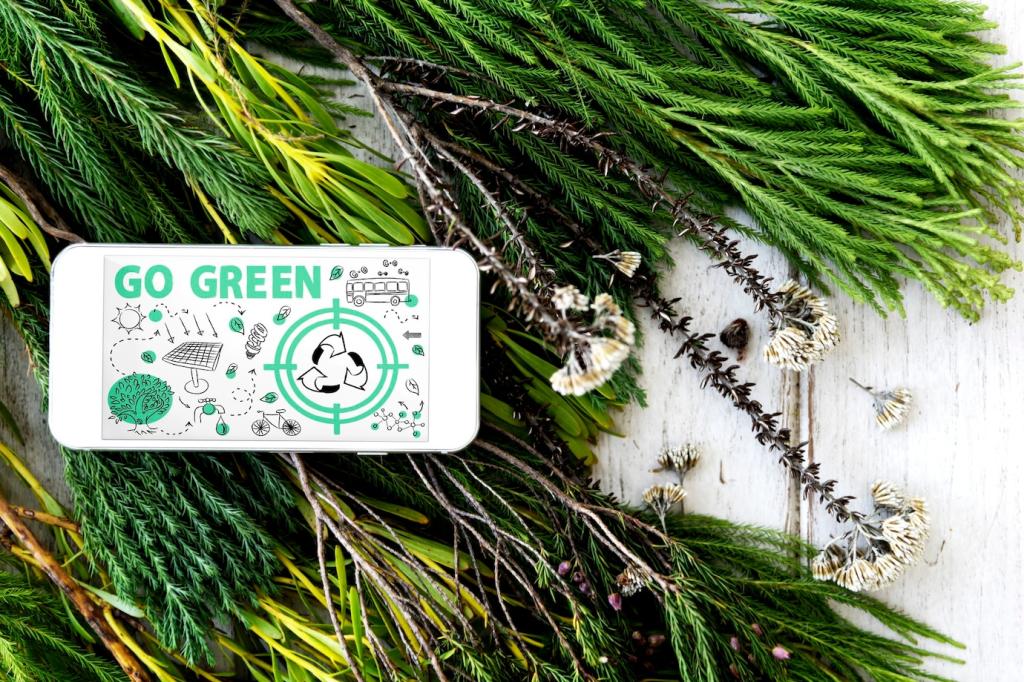
Know Your Eco‑Home Audience
Segment by conviction and context. Some buyers prioritize planet-positive performance; others simply want a cleaner home and lower bills. Tailor messages to both: evidence for advocates, proof-of-performance for the curious. Ask readers which group they’re in and why—they might surprise you with blended motivations.
Know Your Eco‑Home Audience
Frame marketing around tasks people are trying to accomplish: fresher air, safer surfaces, easier laundry, lower utilities, and less clutter. Map pain points to product benefits and outcomes they can feel daily. Invite subscribers to vote on their top home job so future guides target real priorities.
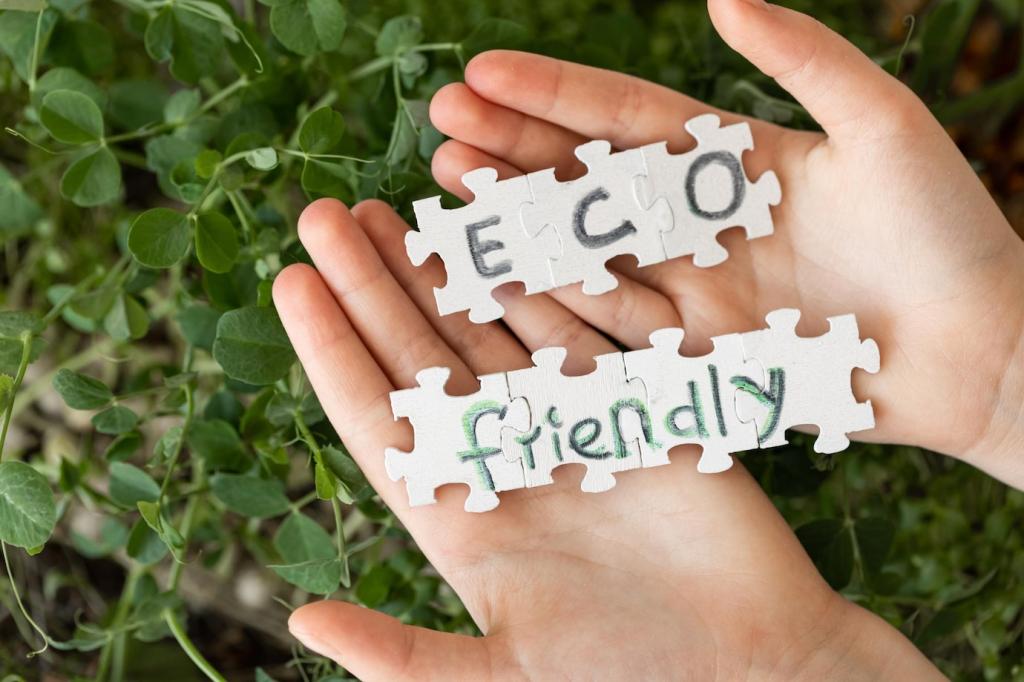
Map the Product Journey
Show where ingredients come from, who made the product, and how it travels. A founder we interviewed posted a supply map on their product page and saw time‑on‑page double. Readers felt safe enough to try. Comment if a clear journey would help you choose a new eco‑home staple.
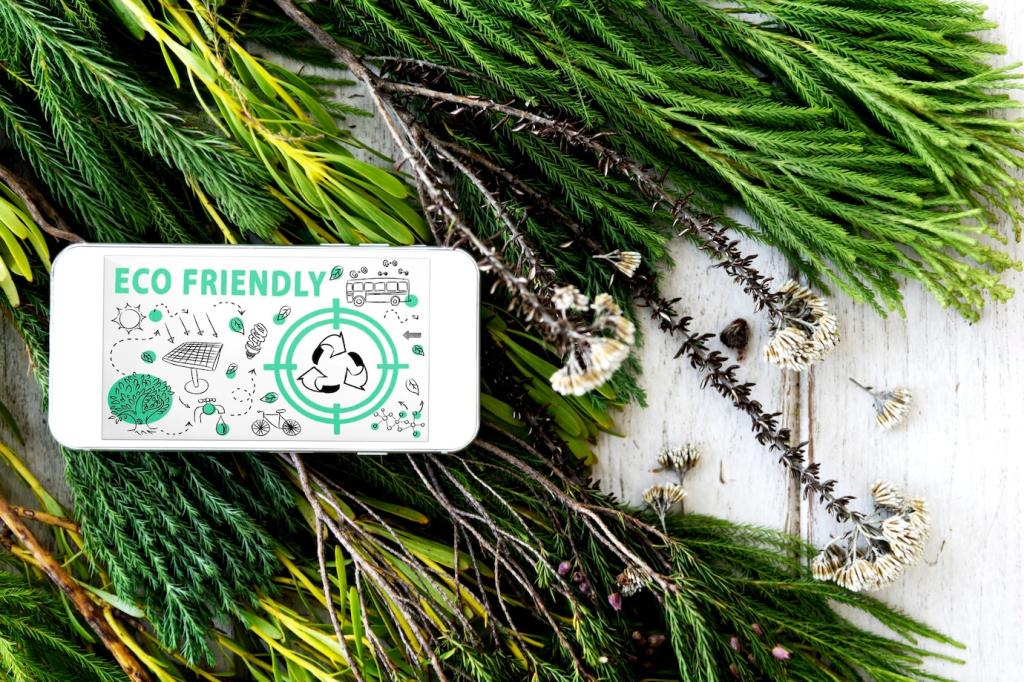
Show Proof, Not Piety
Replace vague claims with lab results, lifecycle snapshots, and durability tests people can understand. Publish a simple chart: carbon, water, and waste versus conventional alternatives. Share your raw data files and let the community ask questions. Transparency invites smarter customers and stronger advocates.

Invite Public Questions and Commitments
Host open Q&A sessions, publish factory audits, and track improvement milestones. When a brand publicly committed to compostable packaging by a specific date, subscribers rallied and even suggested vendors. Tell us what pledge would earn your trust—your feedback can shape the next milestone.
Credible Claims and Certifications That Matter
01
Select Standards by Category and Region
Match claims to recognized programs: ENERGY STAR for appliances, FSC for paper and wood, Green Seal or EPA Safer Choice for cleaners. Note regional schemes and retailer requirements. If a standard doesn’t fit, explain your alternative verification clearly and invite third‑party review.
02
Translate Metrics Into Everyday Outcomes
Turn kilowatt‑hours, VOC levels, and recyclability rates into home‑level benefits: quieter nights, safer nurseries, fewer trash pickups, smaller utility bills. Use relatable baselines like a month of hot showers or a year of laundry. Ask readers which comparisons feel clearest, then adopt those for future content.
03
Greenwashing Guardrails and Claim Checklists
Create a pre‑launch checklist: specify the claim, cite the standard, link evidence, define scope, and date the verification. Have legal and sustainability leads sign off. Invite the community to flag unclear language so you can fix it fast and publicly, building trust instead of hiding errors.
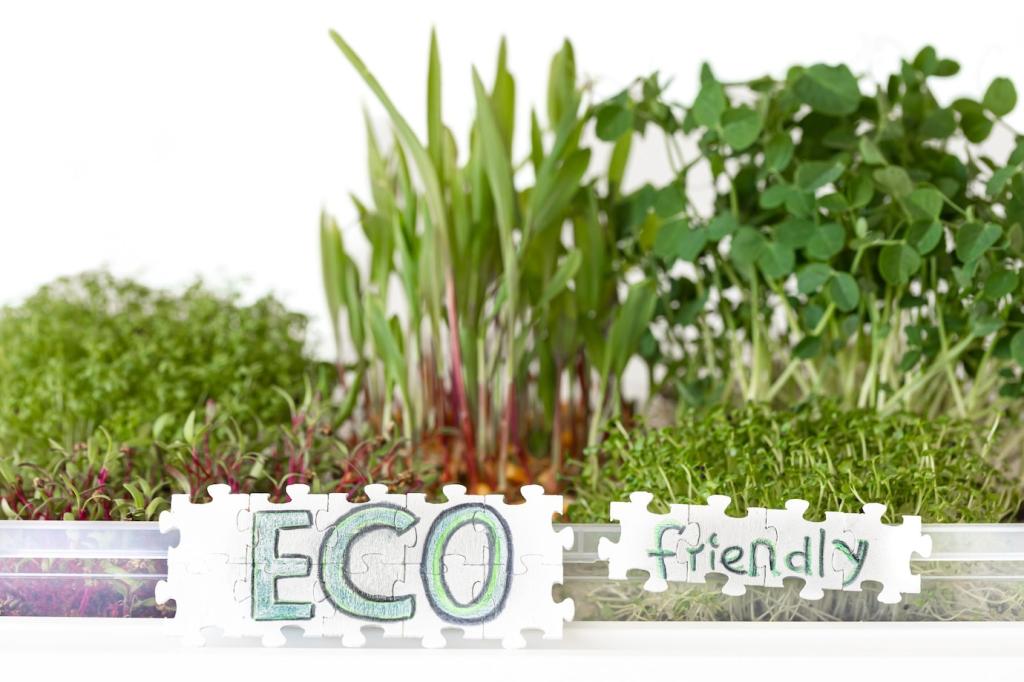

Content and SEO for Sustainable Intent
Group articles around intent clusters like plastic‑free kitchen, low‑tox bedroom, or energy‑smart laundry. Link guides, how‑tos, and comparisons so readers can act immediately. We once saw a cluster increase organic conversions by focusing on simple swaps and decision checklists rather than brand hype.
Content and SEO for Sustainable Intent
Target phrases like refillable bathroom cleaner tablets, VOC‑free nursery paint tips, or zero‑waste dish routine. Create concise answers, then expand with visuals and proof. Invite readers to submit their exact questions; we will turn the best into step‑by‑step guides with downloadable checklists.
Community, UGC, and Referral Flywheels
Encourage before‑and‑after photos of tidy pantries, decluttered bathrooms, and calm nurseries. Add simple submission guidelines and offer recognition, not just discounts. Story posts answered skeptics’ performance questions and lifted add‑to‑cart rates without shouting about features.
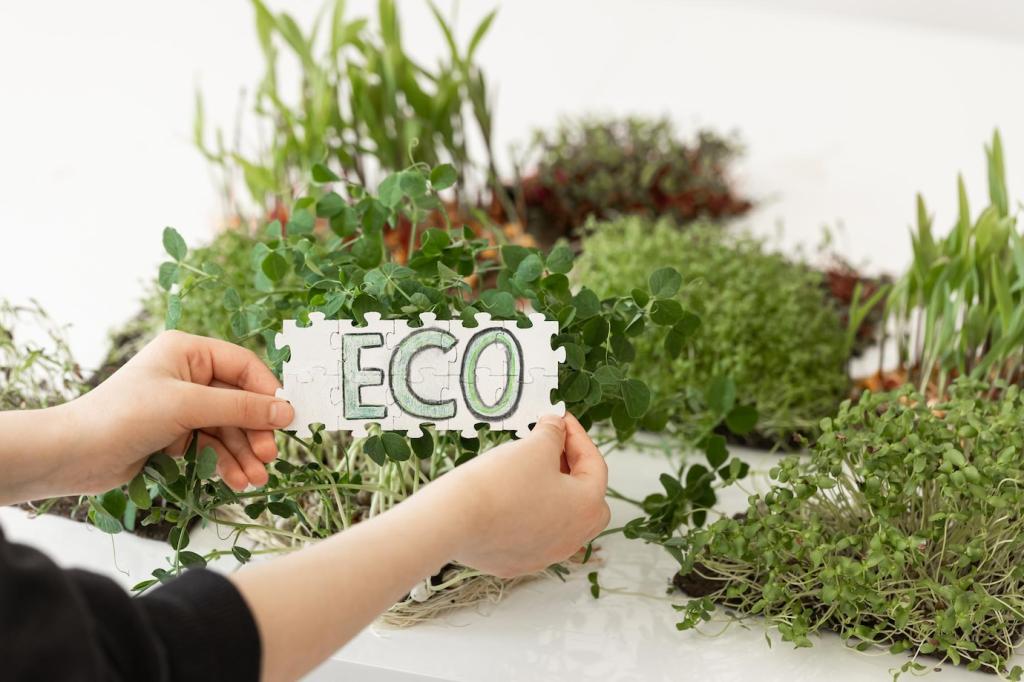

This is the heading
Lorem ipsum dolor sit amet, consectetur adipiscing elit. Ut elit tellus, luctus nec ullamcorper mattis, pulvinar dapibus leo.

This is the heading
Lorem ipsum dolor sit amet, consectetur adipiscing elit. Ut elit tellus, luctus nec ullamcorper mattis, pulvinar dapibus leo.
Measurement, Experiments, and Impact Reporting
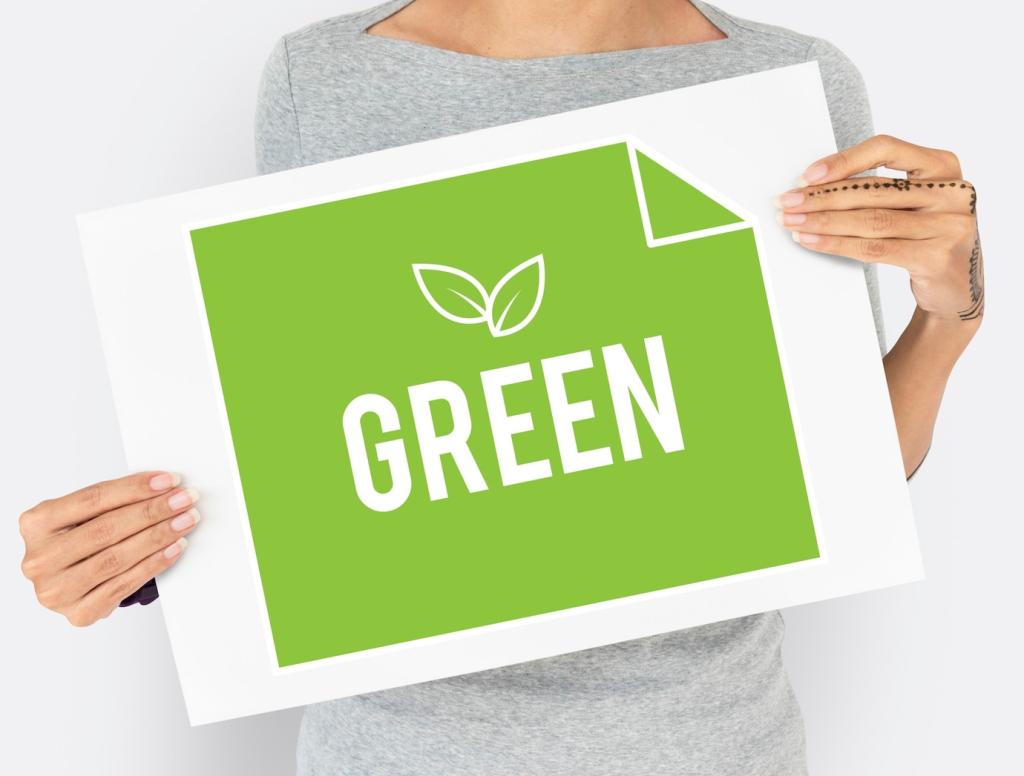
Set revenue goals alongside environmental metrics like bottles avoided, water saved, or operational emissions reduced. Publish targets and update progress monthly. Dual accountability aligns teams and reassures customers that growth and responsibility can advance together.
